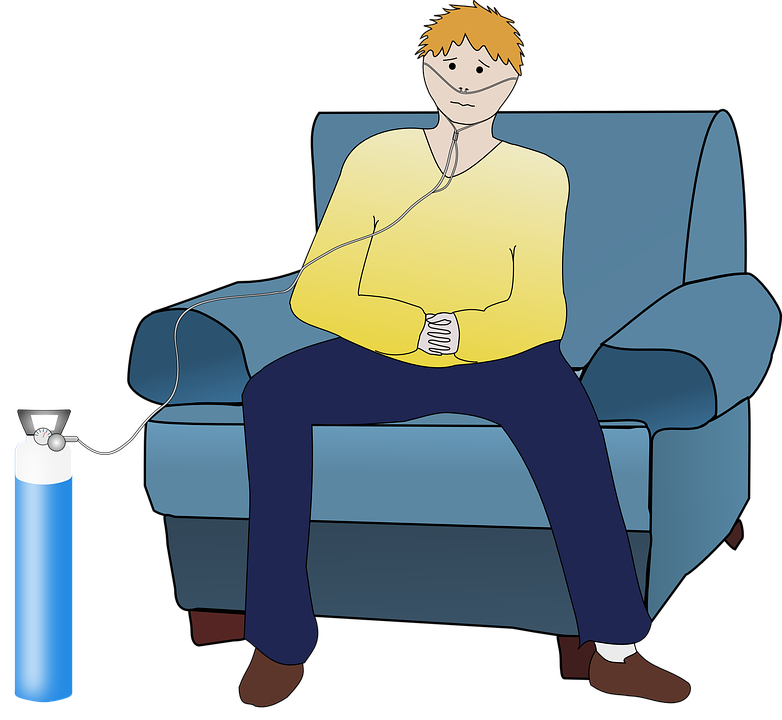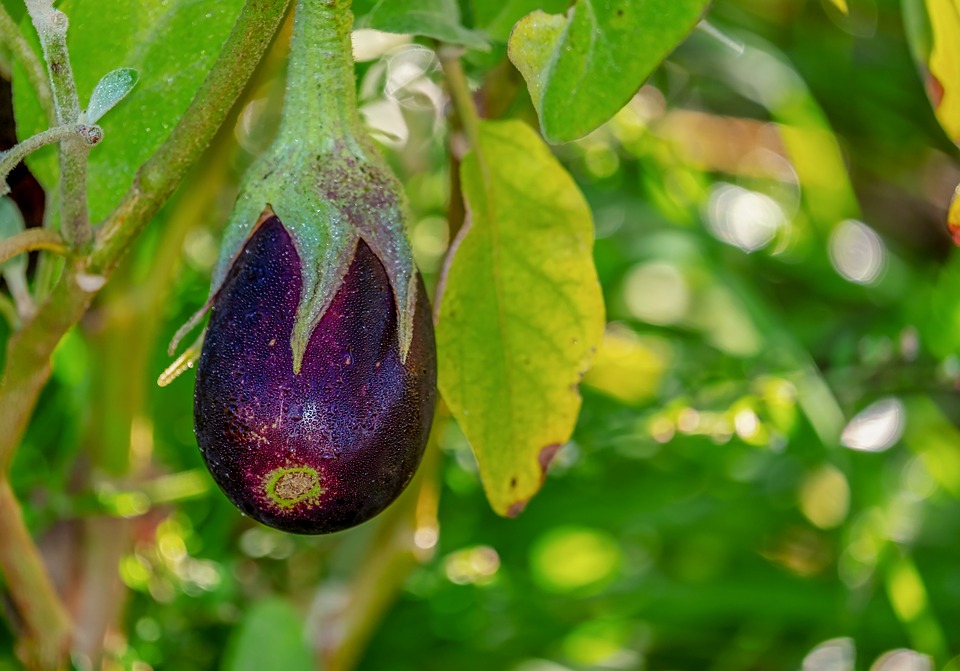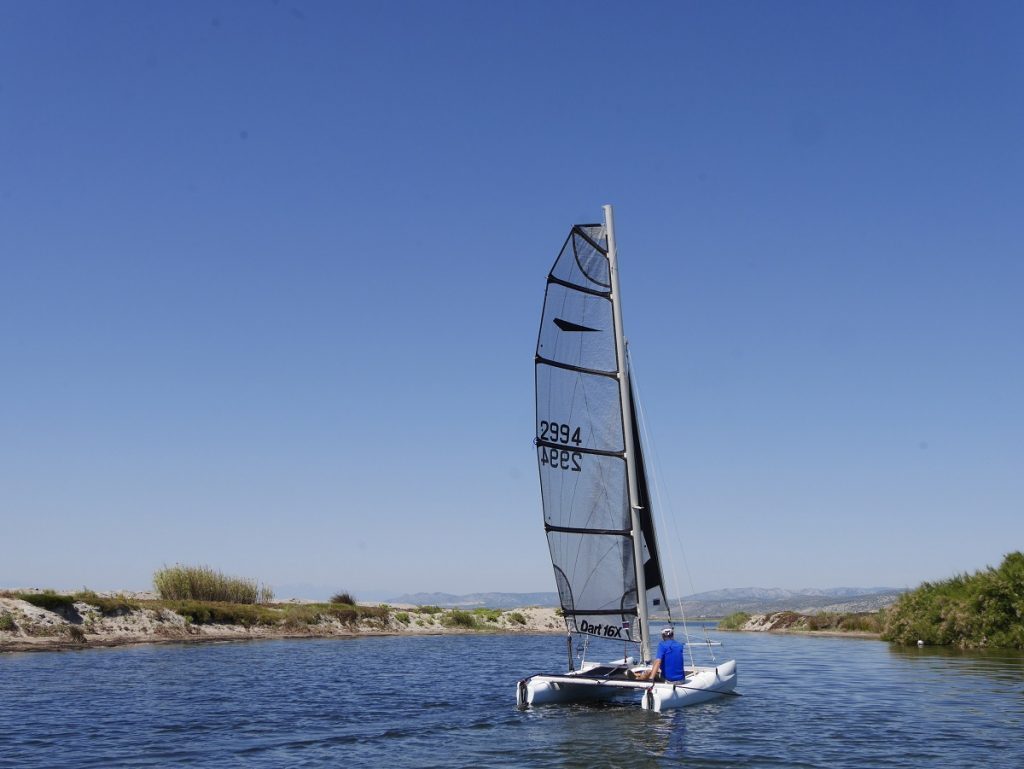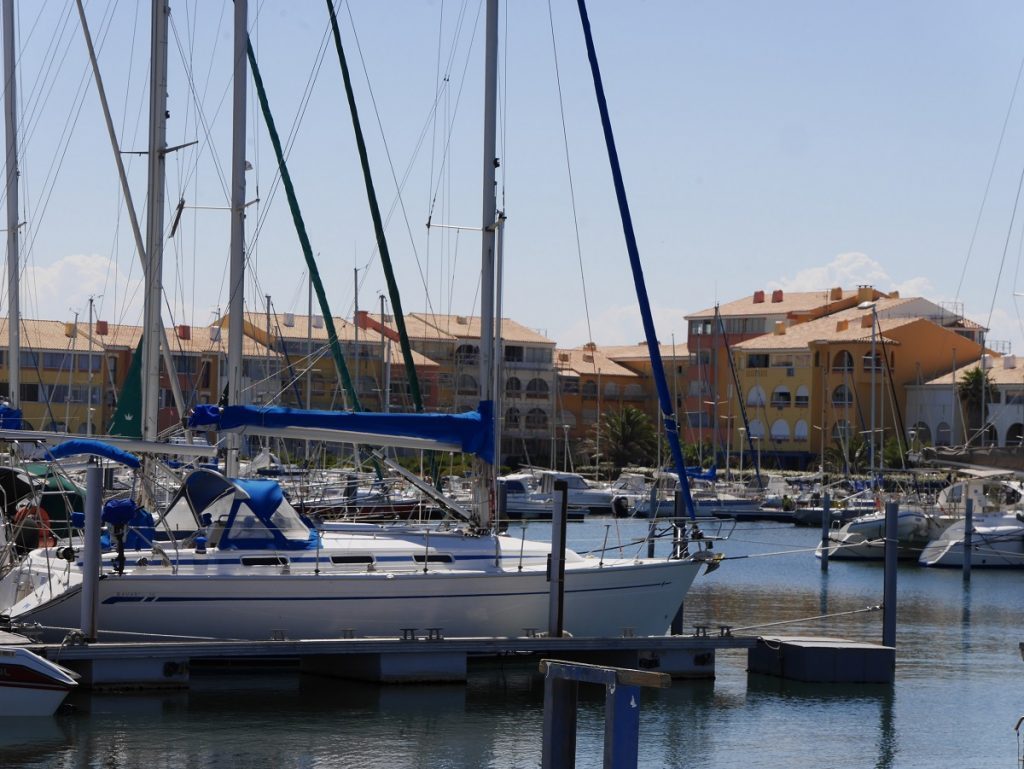Is there any benefit from oxygen cocktails?
Residents of large cities, especially megacities, are sorely lacking air in everyday life. The lack of purified oxygen negatively affects our whole body. This is what my blog post is about today.
What happens when there is a lack of oxygen in the body?
The central nervous system does not cope with daily stresses, the brain does not work to its fullest, attention and memory suffers, the digestive system, lungs, liver and other internal organs, as well as blood vessels, function poorly. Hypoxia (oxygen deficiency) leads to an increase in the load on the heart, resulting in an increase in the likelihood of a heart attack or stroke.
Without oxygen, the skin ages faster, and muscle tissue loses its activity and becomes flabby.
Filling the lack of oxygen with special oxygen cocktails:
To compensate for the lack of oxygen, oxygen-containing beverages can be consumed. Special oxygen equipment was created to produce oxygen cocktails, foam, which in a few days returns the body to its former vigor, and with regular use strengthens the immune system and stabilizes the work of all internal organs.
A couple of decades ago, an oxygen bar (or just the equipment) were associated only with medical institutions. Only there for a special purpose, delicious cocktails were prescribed to the patients being treated. Today, an oxygen concentrator in conjunction with a cocktail maker stands in every second major shopping center, in beauty salons, park areas, fitness centers and at home. Bars provide services not only for drinking oxygen cocktails but also for inhalation procedures, during which you can breathe pure oxygen, to which various pleasant aromas are added to the taste of the customer. Inhalation sessions are so attractively presented that they appeal not only to adults but also to young children, to whom this event resembles a fabulous festive action.
The benefits of oxygen cocktails:
These cocktails are useful to everyone who suffers from chronic diseases of the digestive and respiratory organs. It has a tonic effect due to the widespread enrichment of organs with oxygen. Cocktails improve metabolic processes in the body, improve hemodynamics and oxygen supply to tissues. The optimal single dose of the drink is 200 ml per day (for breakfast or afternoon tea).
It is recommended to drink cocktails for 10-14 days, then take a break for 2-3 weeks and continue afterwards.







